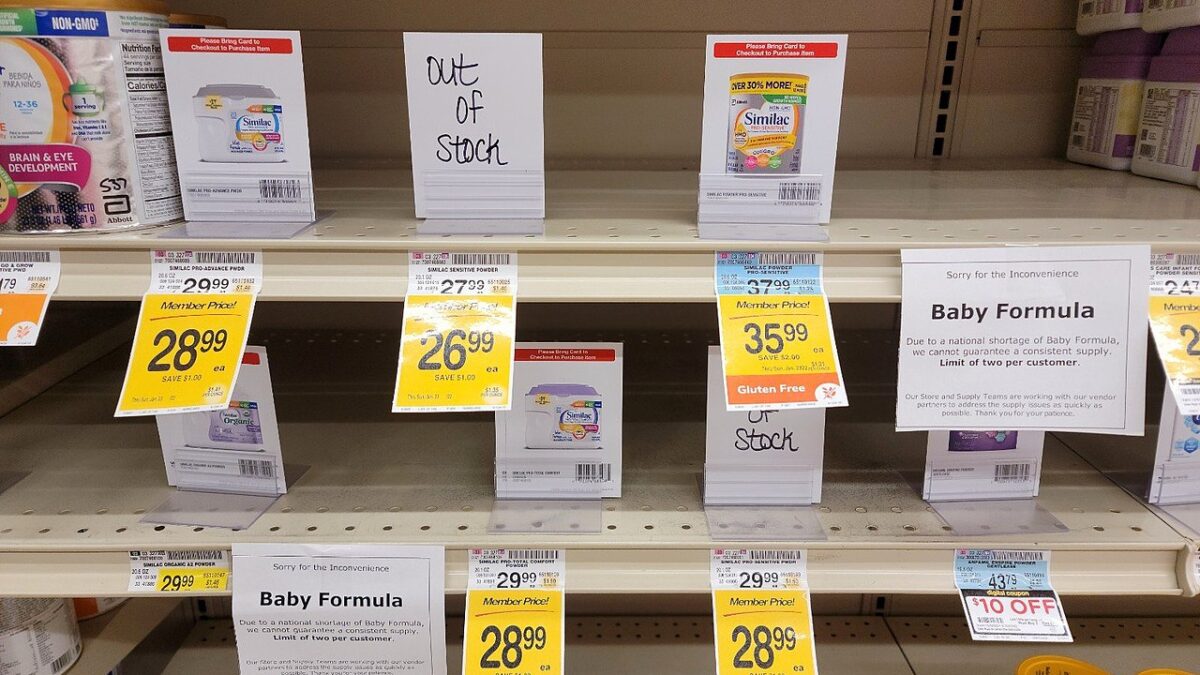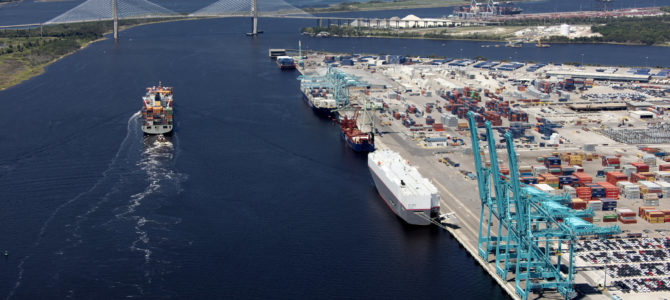
The Covid-19 virus, originating in China, has devastated U.S. public health and the economy. Furthermore, China is threatening weaponization of medical exports to the United States.
About 97 percent of antibiotics sold in the United States are currently supplied by Chinese pharmaceutical companies. Forty-eight percent of personal protective devices and 70 percent of face masks sold in the United States are from China. How did we get to be so vulnerable? What should we do now?
The “trade benefits all countries” school of thought that has championed trade with China is essentially flawed, since it is based on short-run considerations. U.S. CEOs shifted manufacturing to China arguing that manufacturing costs were a lot lower in China compared to the United States, enabling them to price their products much lower, and this would benefit their U.S. shareholders and consumers. Both key building blocks of this narrative turned out to be false. The medical and pharmaceutical industry is a prime and highly pertinent example.
First, the present value to U.S. consumers of the prices of China-manufactured products was much higher than if the item was made in the United States. Second, the benefits to U.S. long-term shareholders of shifting manufacturing to China were, at best, temporary, and in most cases never realized, because China expropriated the technology of U.S. manufacturers using both legitimate and illegitimate methods.
China Kept Prices Low Until They Cornered the Market
In the ongoing Covid-19 pandemic, U.S. hospital staff treating virus patients are critically short of personal protective equipment, including face masks, and medical equipment like ventilators. Until the turn of the century, we were manufacturing most hospital and medical supplies, equipment, and drugs in the United States. In 2001, the United States facilitated China’s entry into the World Trade Organization (WTO). Until that time, the United States made most of the penicillin and other medical drugs and supplies it needed.
With China’s entry into the WTO, several U.S. pharmaceutical companies moved their production to China to take advantage of low China production costs, and the possibility of selling to the large Chinese market. These U.S. companies were required to share their technology and proprietary knowledge with their Chinese partners.
A cartel of Chinese companies colluded on price of these antibiotics. They sold these antibiotics much below-cost and drove all U.S. and other international penicillin makers out of business, after which they increased the price of their antibiotics several-fold.
Under this scenario, U.S. consumers and health insurers paid several times more than they would have paid during 2002-2020, if the U.S. pharmaceutical companies had not moved their production to China. The following example helps illustrate this point.
- Price of a unit of antibiotics manufactured in China and sold in the United States during 2002-2007: $1.
- Price of a unit of antibiotics manufactured in China and sold in the United States during 2008-2020: $5.
- Price of a unit of antibiotics manufactured in the U.S. and sold in the United States during 2002-2007: $2.
- Price of a unit of antibiotics manufactured in the U.S. and sold in the United Sates during 2008-2020: $2.
In the above example, it is straightforward to show the present value of prices paid by U.S. consumers and insurers for antibiotics manufactured in China (by U.S. companies) and sold in the United States during 2002-2020 is several times more than if these antibiotics were manufactured and sold in the United States during 2002-2020. This illustrates the critical fallacy of the short run consideration of the “trade benefits all countries” school of thought that has championed trade with China.
How to Solve This Problem
Here is a two-pronged solution to the problem. First, large federal purchasers of medical drugs, supplies, and equipment (Veterans Affairs, Medicare, Medicaid, Department of Defense) should be required to make all such purchases from U.S.-based manufacturers that produce this domestically.
Second, encourage U.S. corporations that have outsourced their manufacturing, especially high-tech manufacturing, to foreign countries to bring back their manufacturing assets to U.S. soil, using the corporate governance structure. Institutional investors (public pension funds and mutual funds) own the vast majority of stock in U.S. corporations. U.S. employees and retirees have a big ownership of these funds.
Shareholders elect the corporate board; the board hires and fires the CEO and other senior management. Through public pressure and appropriately structured incentive compensation, CEOs can be provided strong motivation to keep high-tech manufacturing and manufacturing related to the nation’s defense and public health in the United States.
Why did U.S. companies move their manufacturing to China if neither their long-term shareholders nor customers benefitted from it? The misaligned incentive compensation of U.S. CEOs and senior executives placed excessive weight on short-run performance.
Lower production costs in China led to higher short-run profits. U.S. managers took advantage of their misaligned incentive compensation to focus on these short-run profits. Extensive empirical evidence in scholarly papers and books highlight some U.S. managers’ focus on the short-run due to misaligned incentive compensation.
Executive incentive compensation should be focused on creating and sustaining long-term shareholder value. The incentive compensation of senior corporate executives should consist only of restricted equity (i.e., restricted stock and restricted stock options). That is, restricted in the sense that the individual cannot sell the shares or exercise the options for one to two years after his or her last day in office.
The above suggestions will benefit not just long-term shareholder value, but, more importantly, safeguard U.S. security and public health.









